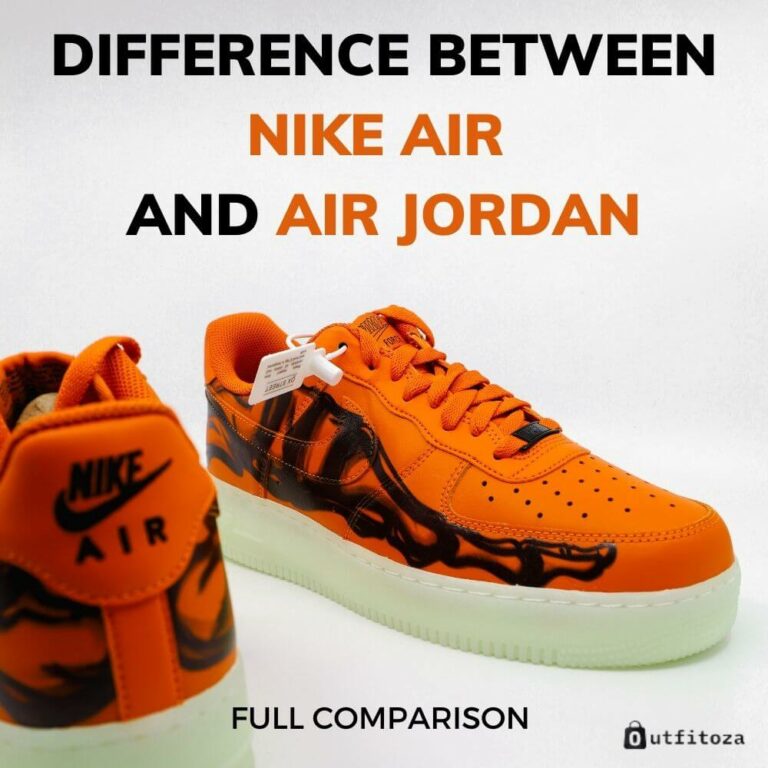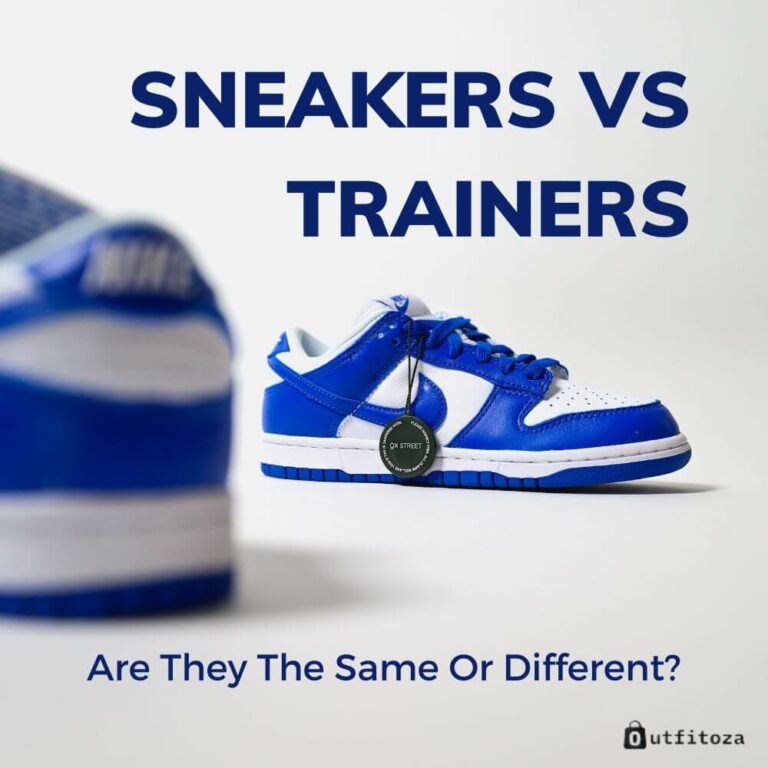Sneakers Vs Gym Shoes: Can You Tell The Differences?
Sneakers vs gym shoes is a debate that has been ongoing among fitness enthusiasts. There are some key differences between these two types of footwear. Understanding these differences can help you choose the best shoe for your workout.
Do You Know The Main Differences Between Sneakers And Gym ShoesShoes?
While sneakers and gym kick share some similarities, these two types of footwear different in many designs. Let’s take a closer look at their main differences.
Structure
Sneakers and gym footwear have different structures tailored to their respective purposes. Sneakers are designed with a more flexible sole for running and walking. Meanwhile, shoes have firmer soles for stability during weightlifting or cross-training.
Additionally, they often have a lower profile and less cushioning to provide a better connection to the ground during exercises.
Material
The two types of footwear are made from different materials to cater to the demands of their specific uses. Sneakers often feature a mesh upper and rubber sole for breathability and flexibility.
Gym footwear is made from leather or synthetic materials for added durability and support. They may also have features such as straps or Velcro closures for a more secure fit for intense movements.
Read more: Sneakers Vs Trainers: Are They The Same Or Different?
Cushioning
Sneakers vs gym shoes also differ in their level of cushioning. Sneakers often have more cushioning in the heel and forefoot to absorb shock during activities like running.
Meanwhile, workout footwear has less cushioning to provide a more stable base for weightlifting exercises. This difference in cushioning can affect the overall comfort and support of the shoes during different types of workouts.

Weight
Sneakers are often lighter in weight, making them ideal for running, jogging, and other cardio activities. In contrast, shoes are heavier and more stable, which helps maintain proper form and balance during strength training.
What Are The Differences In Functionality Between Sneakers And Gym Shoes?
When it comes to functionality and performance, the two types of footwear have their traits to serve the wearer’s intended purpose.
Traction and stability
The traction and stability provided by the two types of footwear are also distinct. Sneakers typically feature more flexible soles with less traction. This can provide a smoother stride during running or walking.
On the other hand, gym shoes have firmer and more stable soles. This makes them ideal for weightlifting and other exercises requiring a secure footing.
Flexibility
Sneakers vs gym shoes have different levels of flexibility, which affects their performances. Sneakers are designed for everyday use and provide more flexibility for activities such as walking or running. On the other hand, shoes are intended for high-intensity workouts and have less flexibility to provide better support.
Read more: Sneakers Vs Tennis Shoes
Durability
Gym footwear is made of heavier materials, reinforced soles, and extra stitching to withstand the wear and tear of workouts. On the other hand, sneakers are not designed for extreme physical activity and may not last as long as gym kicks.

Can You Use Sneakers For Gym Activities?
Sneakers are suitable for some gym activities, but it depends on the workout type. They are designed for daily use and are lightweight and flexible. Therefore, they are ideal for cardio exercises like running on a treadmill or workout machines.
However, if you need more support and stability, like weightlifting or jumping, shoes are a better option. They have a design with extra cushioning, reinforced soles, and a better grip. These features help provide more stability during high-intensity workouts.
The type of shoe that works best for you depends on the activity you’ll be doing, personal preferences, and any foot or ankle issues you may have. It’s essential to choose appropriate footwear to prevent injuries and improve your performance.
Conclusion
In conclusion, sneakers and gym shoes have different features that cater to various workout types. It’s essential to choose the appropriate footwear to prevent injury and maximize performance.
Whether it’s sneakers vs gym shoes, understanding the differences and choosing the right footwear can help you achieve your goals.
FAQ
- What is the difference between running and gym shoes?
The difference between running and gym kicks lies in their design and purpose. Running shoes are designed for light activity. They provide better cushioning, while gym footwear is more supportive and stable for high-intensity movements.
- What type of support should I look for in gym kicks?
When looking for workout shoes, you should consider those with good arch support, shock absorption, and a stable base. They can support lateral movements and provide traction during exercises.
- Can gym footwear be used in other activities?
Yes. They can be used for other activities, but they may not be ideal for all types of exercises. They are best suited for workouts that require stability, support, and traction.









